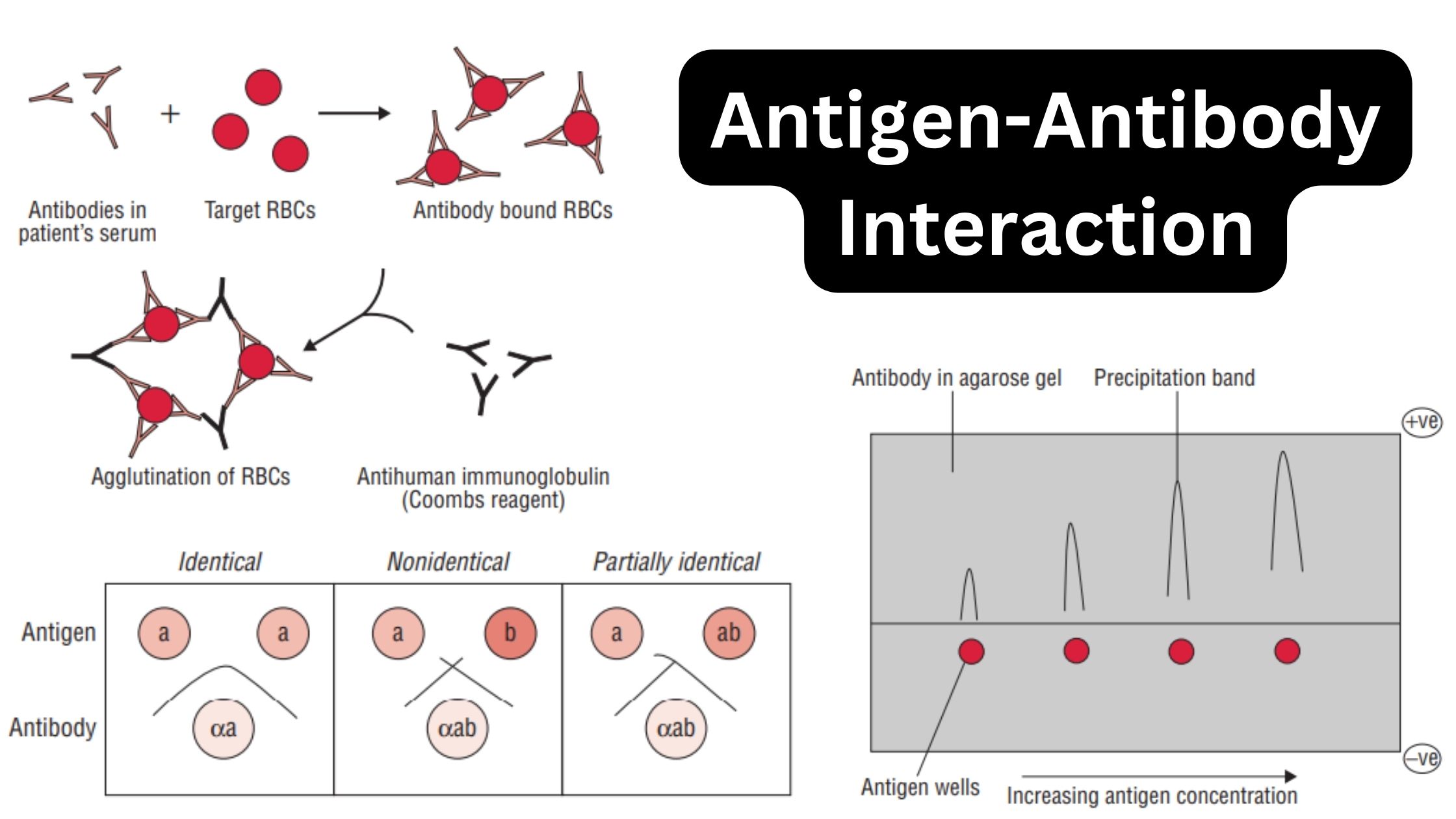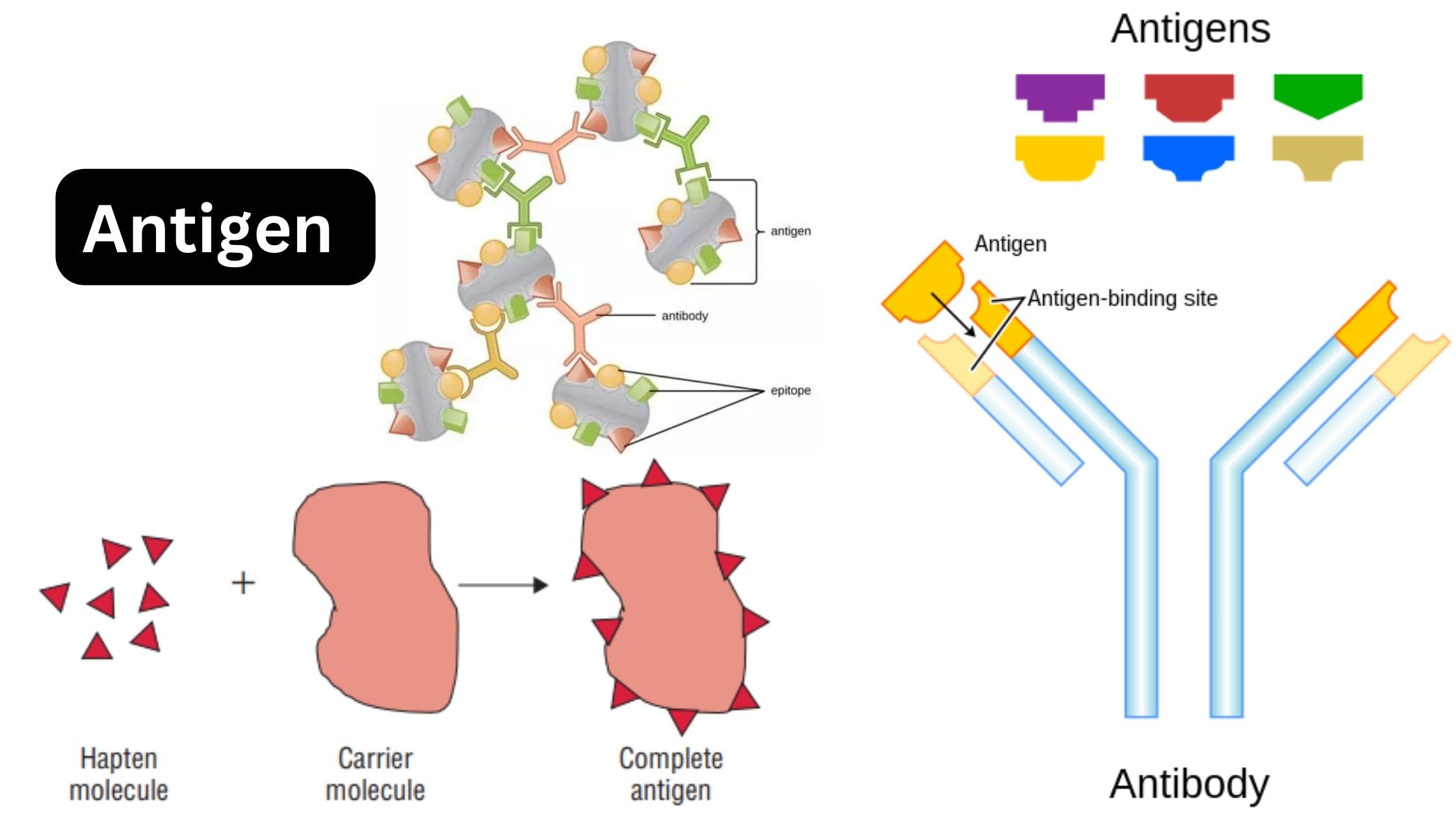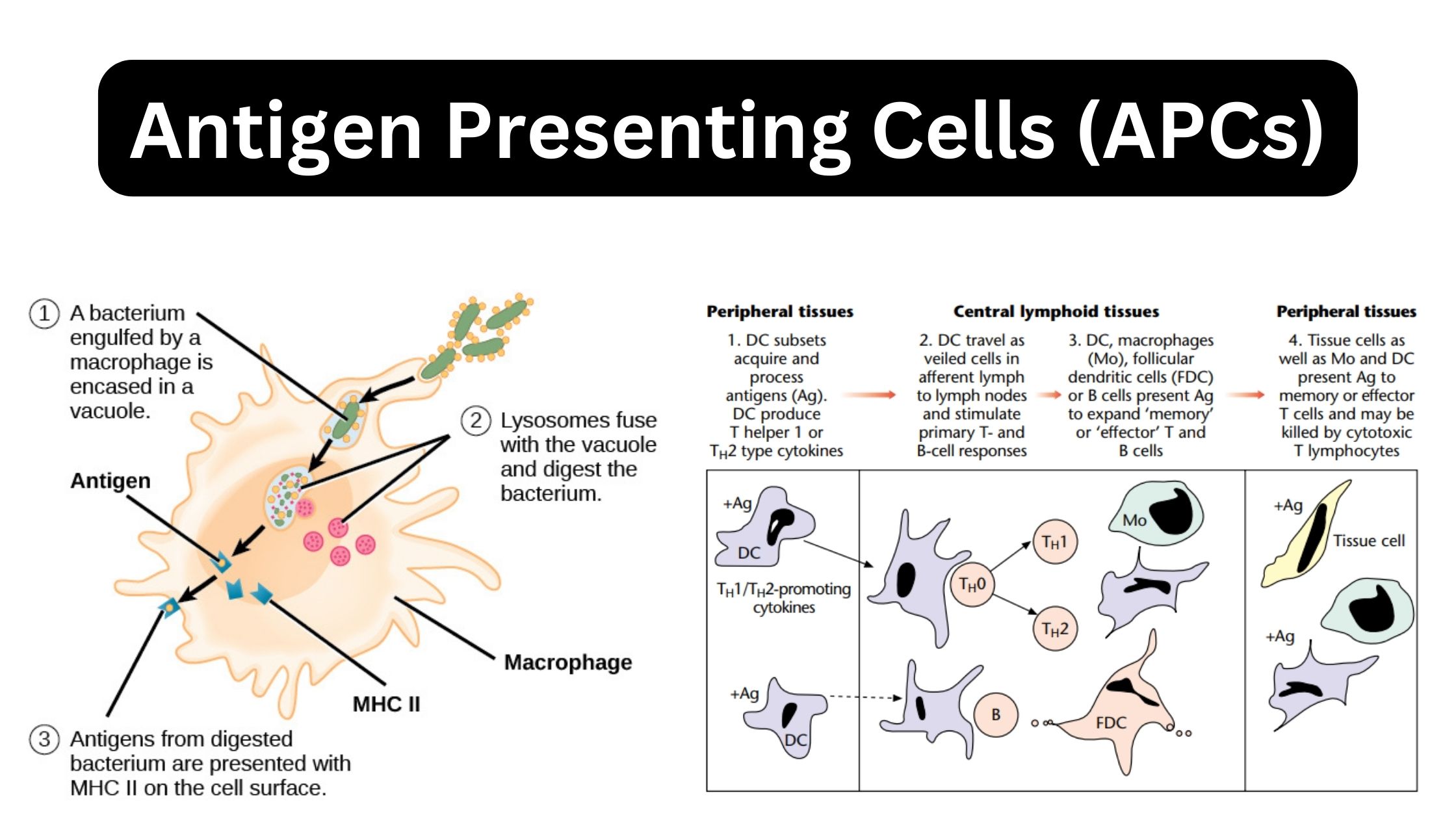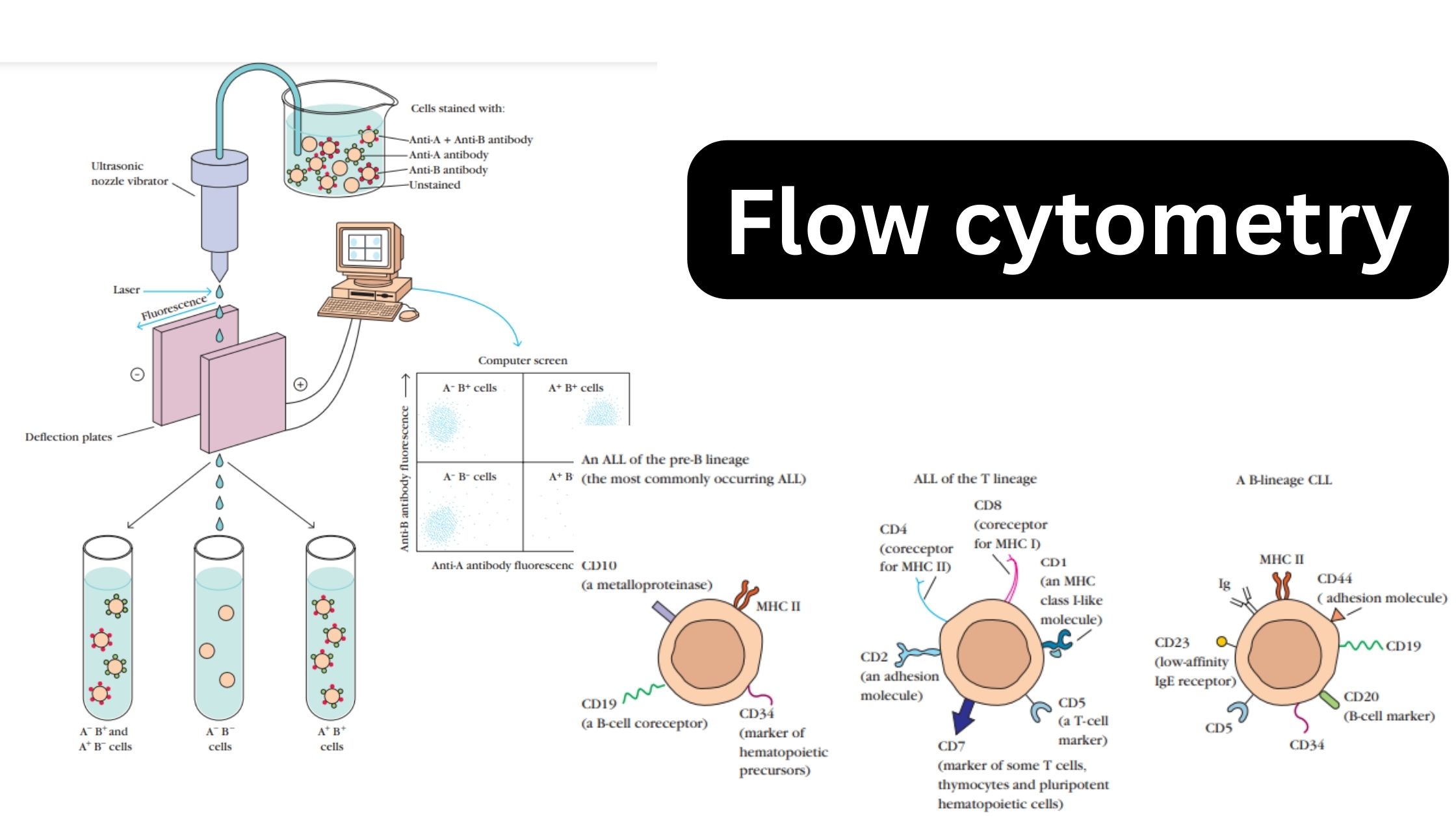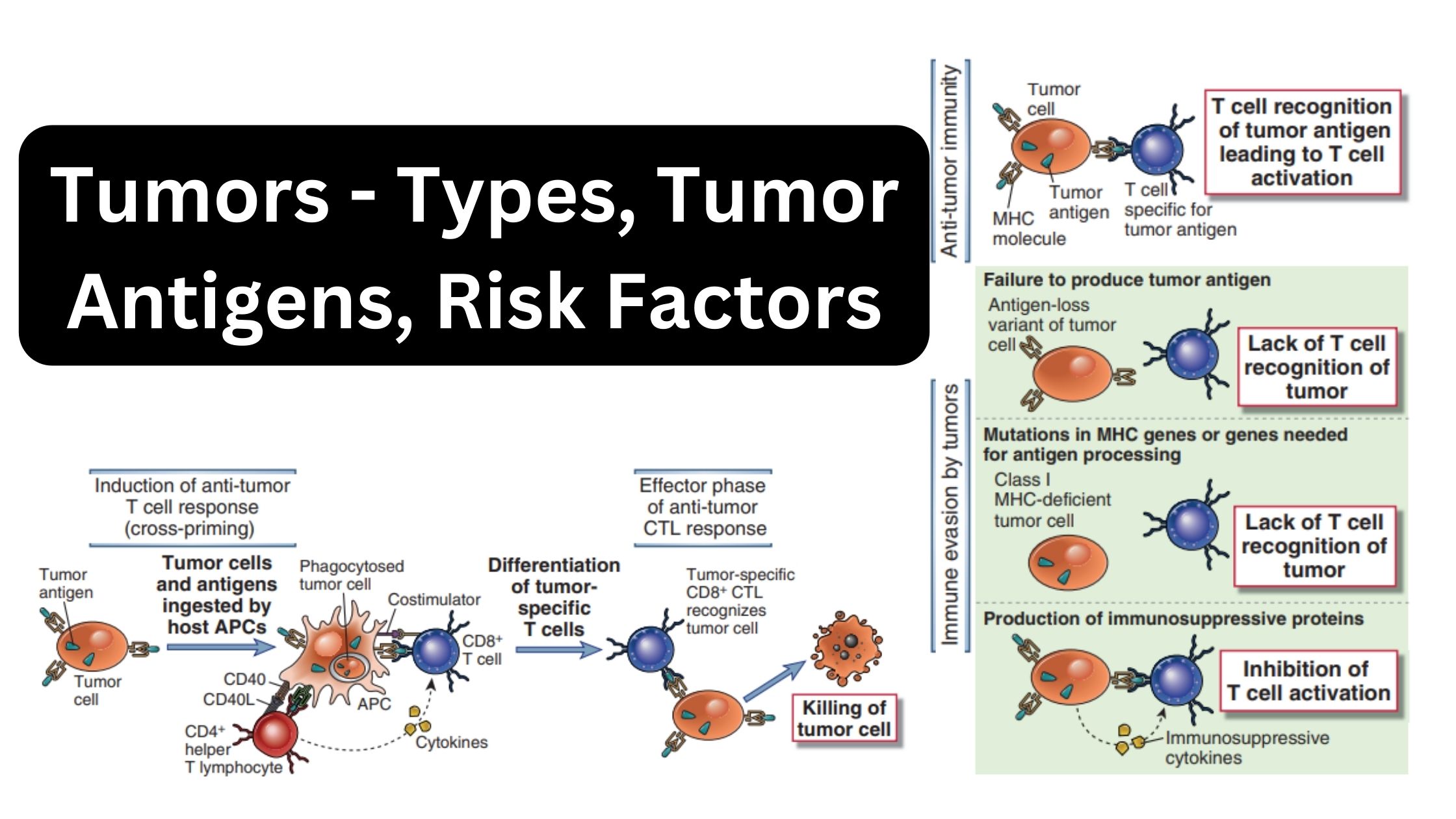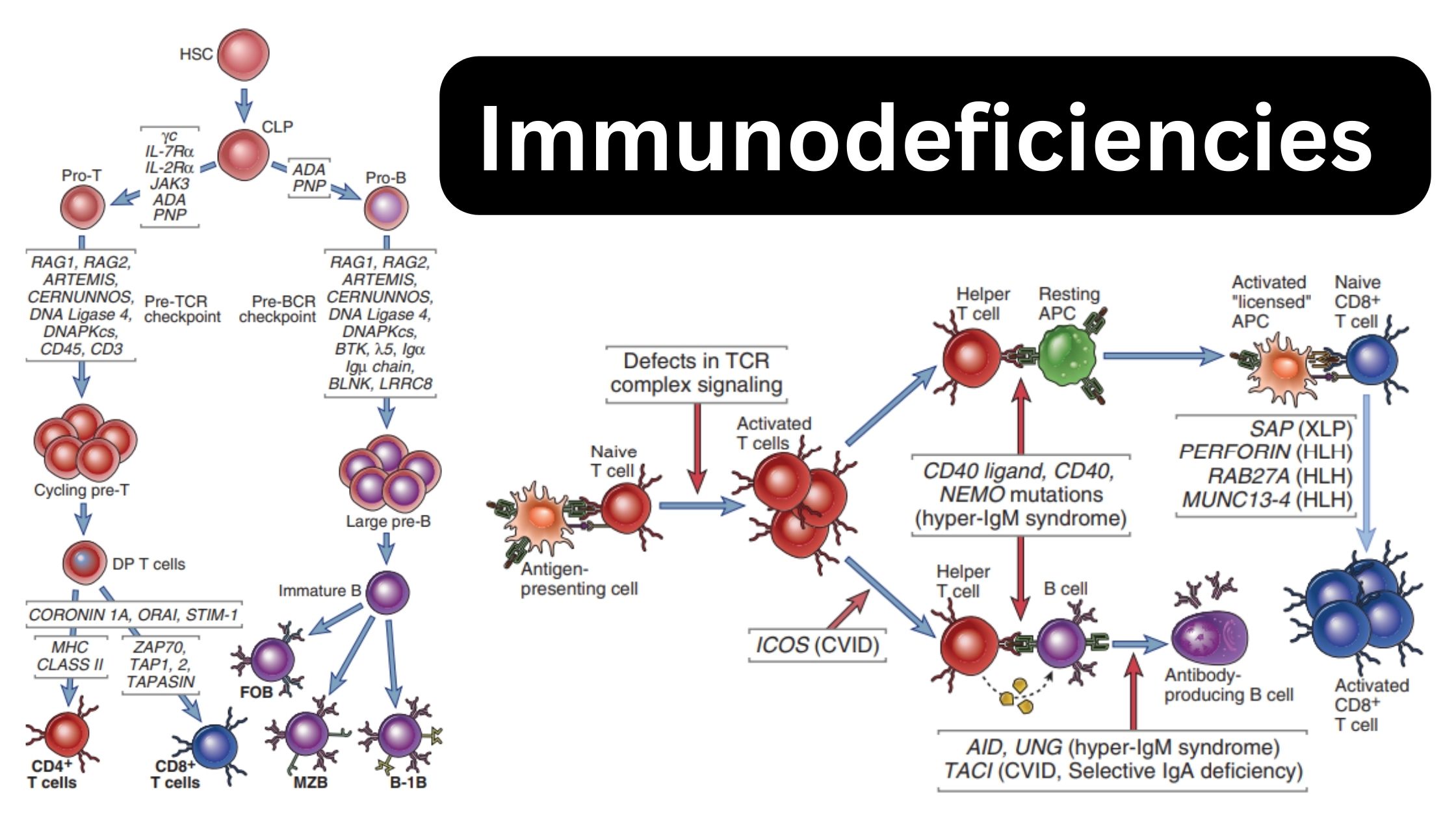MHC Genes – H-2 Complex and HLA Complex
What is HLA Complex? What is H-2 Complex? Detailed Organization Of The H-2 Complex 1. Murine MHC Class I Genes 2. Murine 2-Microglobulin Gene 3. Murine MHC Class Ib Genes 4. Murine MHC Class II Genes 5. Murine MHC Class IIb Genes 6. Murine Non-MHC Genes in the MHC 7. Murine MHC Class III Genes … Read more

